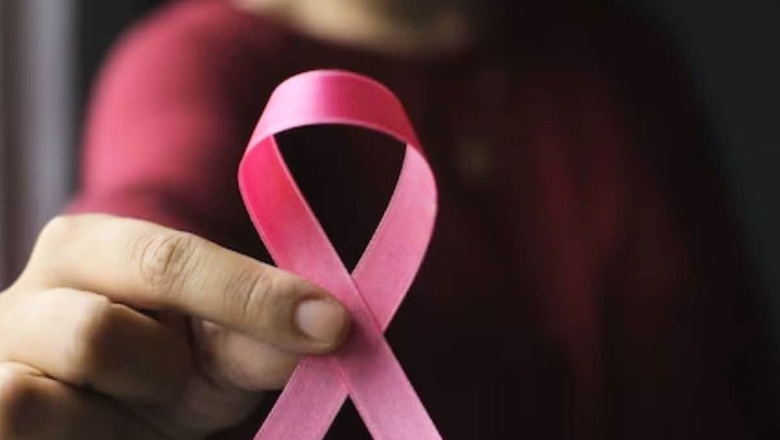
views
Breast cancer treatment has undergone significant advancements over the years, with combination therapies emerging as a pivotal strategy in enhancing care. These therapies, which combine multiple drugs, not only improve treatment outcomes but also increase patient convenience, reducing the burden of treatment.
Dr. Meenu Walia, Vice Chairman of the Department of Medical Oncology and Hematology, Max Super Specialty Hospital, highlights how the evolution of combination therapies is transforming breast cancer care:
“Breast cancer treatment has come a long way, and the evolution of combination therapies is a game-changer in how we approach care. The introduction of newer drugs not only enhances treatment effectiveness but also significantly improves patient convenience. With innovations like the world’s first fixed-dose combination of Pertuzumab and Trastuzumab, patients with HER-2 positive breast cancer can now receive treatment subcutaneously in just a few minutes, instead of hours, thereby reducing chair time by up to 90%.”
This advancement means patients spend significantly less time in clinics and more time living their lives, focusing on their well-being without the constant reminder of their condition.
Dr. Chirag Desai, Director of Medical Oncology at HOC Vedant in Ahmedabad, echoes the importance of targeted treatments and fixed-dose combinations (FDCs) in improving the breast cancer treatment landscape.
“Innovative therapies, especially targeted treatments like FDCs, are transforming the treatment landscape. These therapies are not only more effective but also offer greater convenience with subcutaneous administration. By eliminating the need for cannula insertion, they allow patients to focus on their well-being without the constant reminder of their disease.”
Beyond patient comfort and convenience, these combination therapies offer broader benefits to healthcare systems. Dr. Desai emphasizes, “These treatments optimize hospital resources by reducing staff requirements and preparation times, enhancing both treatment efficiency and overall workflow.”
The combination of Pertuzumab and Trastuzumab, specifically for patients with HER-2 positive breast cancer, is a prime example of how innovation in treatment delivery can enhance both clinical outcomes and patient experience. This fixed-dose combination not only improves the efficacy of cancer therapy but also lessens the physical and emotional toll on patients by making the treatment process quicker and less invasive.
As these advanced therapies continue to evolve, they signify a shift toward more patient-centered care, offering breast cancer patients not just more effective treatments, but also a better quality of life.




















Comments
0 comment